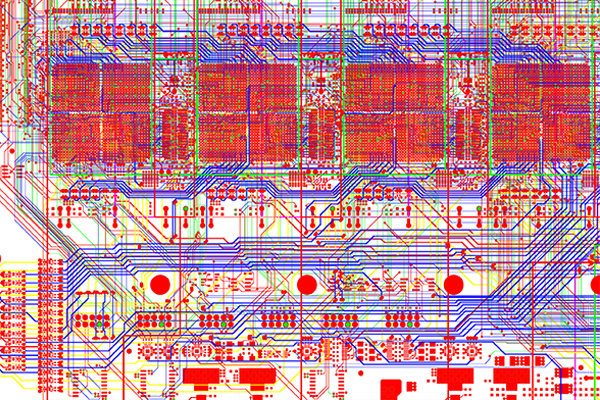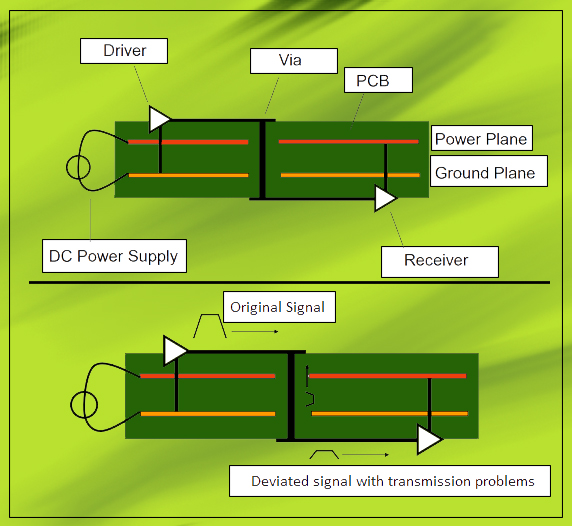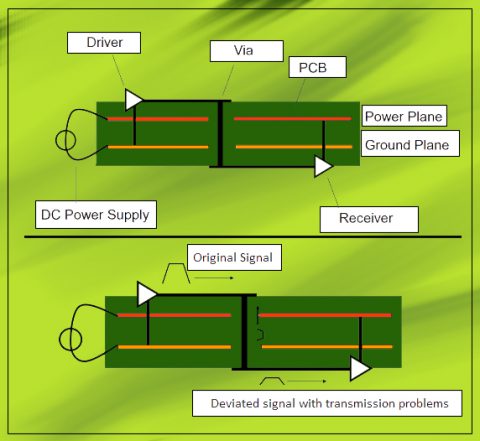PCB Considerations During the Circuit Design Circuit Diagram
BlogPCB Considerations During the Circuit Design Circuit Diagram Many of the PCB layout and routing guidelines in use today, even for moderate speed signals and devices, are meant to ensure signal integrity. If you're new to PCB design and you've never experienced signal integrity problems, the concept of ensuring signal integrity in a design might seem esoteric. Modern PCBs can experience many problems

In high-speed PCB design, maintaining signal integrity is critical because even minor signal distortions can lead to data corruption, communication errors, and overall system failure. Basics of Signal Integrity Signal integrity refers to the quality and reliability of electrical signals as they travel through a PCB (Printed Circuit Board). In

Enhancing Signal Integrity in PCB Design: Key Considerations and ... Circuit Diagram
Avoiding signal integrity issues in a PCB is extremely complex for designers. It requires a deep understanding of signal integrity design rules and techniques. With the introduction of faster logic families, the designers have realized that simple PCB layouts cannot survive the signal integrity requirements.

Signal integrity directly affects the performance and reliability of electronic systems, making it a critical consideration in printed circuit board (PCB) design. In PCB design, signal integrity ensures that electrical signals reach their destinations without distortion, noise, or timing issues that can compromise functionality. Optimizing signal integrity in PCB design is a critical aspect of ensuring the reliable performance of high-speed electronic systems. By addressing issues such as noise, crosstalk, reflection, and EMI, and implementing strategies such as differential pair routing, grounding techniques, and impedance matching, designers can significantly improve

Signal Integrity in PCB Design: Key Considerations and Strategies Circuit Diagram
This likely describes most our the traces you would already find on a PCB, however, in order to turn a trace into a high-frequency carrying microstrip, we need to design it to have a 50 Ohm impedance. There do exist other high-frequency PCB structures that can be configured to a particular impedance such as: Stripline; Coplanar Waveguide
